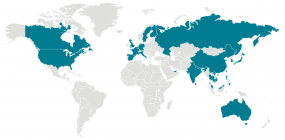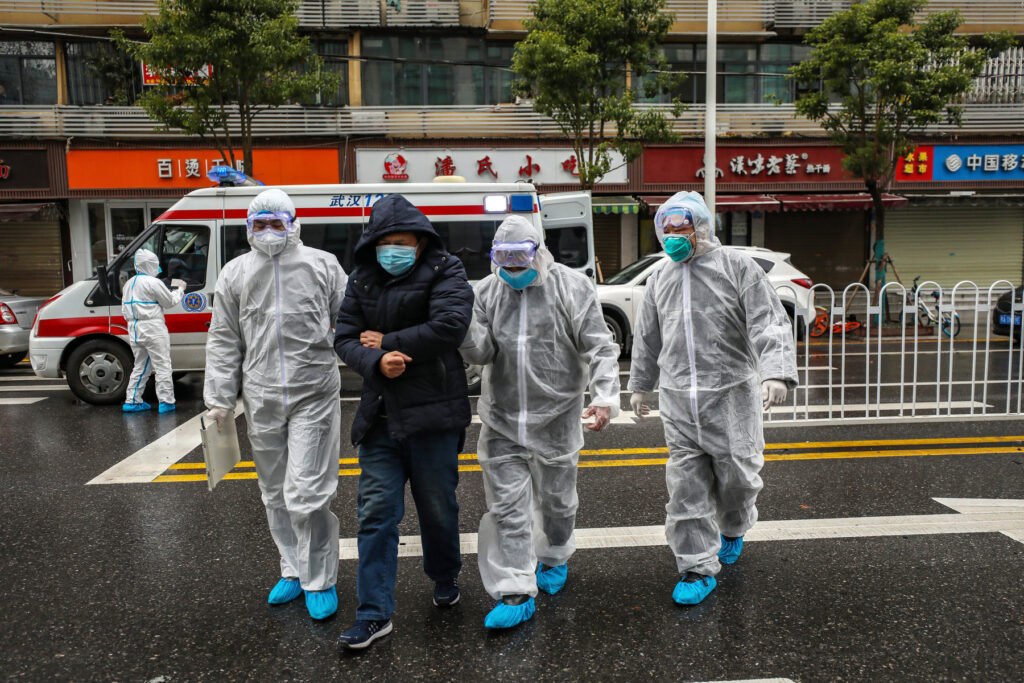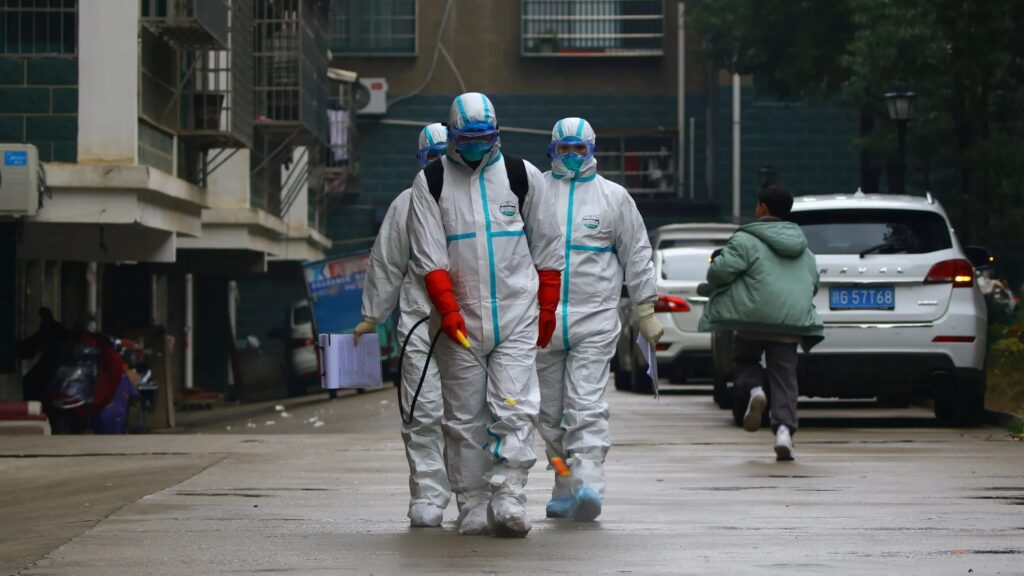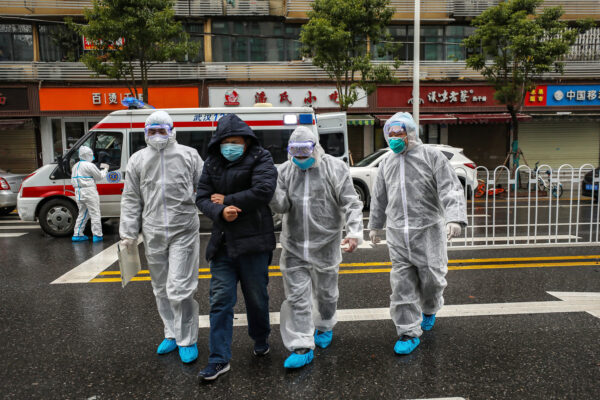Published 27 January 2020
Buckie Got It. St. Kitts and Nevis News Source
Updated January 26, 2020
Situation Summary
CDC is closely monitoring an outbreak of respiratory illness caused by a novel (new) coronavirus (termed “2019-nCoV”) that was first detected in Wuhan City, Hubei Province, China and which continues to expand. Chinese health officials have reported more than a thousand infections with 2019-nCoV in China, including outside of Hubei Province. Infections with 2019-nCoV also are being reported in a growing number of international locations, including the United States, where 5 cases in travelers from Wuhan have been confirmed in four states (AZ, CA, IL, WA) as of January 26, 2020.
Source and Spread of the Virus
Chinese health authorities were the first to post the full genome of the 2019-nCoV in GenBankexternal icon, the NIH genetic sequence database, and in the Global Initiative on Sharing All Influenza Data (GISAIDexternal icon) portal, an action which has facilitated detection of this virus. On January 24, 2020, CDC posted in GenBank the full genome of the 2019-nCoV virus detected in the first U.S. patient from Washington state. The virus genetic sequence from the patient in Washington is nearly identical to the sequences posted from China. The available sequences suggest a likely single, recent emergence from a virus related to bat coronaviruses and the SARS coronavirus. The available sequence information does not provide any information about severity of associated illness or transmissibility of the virus.
Early on, many of the patients in the outbreak in Wuhan, China reportedly had some link to a large seafood and animal market, suggesting animal-to-person spread. However, a growing number of patients reportedly have not had exposure to animal markets, and there is evidence that person-to-person spread is occurring. At this time, it’s unclear how easily or sustainably this virus is spreading between people. Learn what is known about the spread of newly emerged coronaviruses.
Illness Severity
Both MERS and SARS have been known to cause severe illness in people. The complete clinical picture with regard to 2019-nCoV is still not fully clear. Reported illnesses have ranged from infected people with little to no symptoms to people being severely ill and dying. Learn more about the symptoms associated with 2019-nCoV.
There are ongoing investigations to learn more. This is a rapidly evolving situation and information will be updated as it becomes available.On This Page
- Situation Summary
- Source and Spread of the Virus
- Illness Severity
- Risk Assessment
- What to Expect
- CDC Response
- CDC Recommends
- Other Available Resources

Confirmed 2019-nCoV Cases Globally
Risk Assessment
Outbreaks of novel virus infections among people are always of public health concern. The risk from these outbreaks depends on characteristics of the virus, including whether and how well it spreads between people, the severity of resulting illness, and the medical or other measures available to control the impact of the virus (for example, vaccine or treatment medications).
Investigations are ongoing to learn more, but person-to-person spread of 2019-nCoV is occurring. Chinese officials report that sustained person-to-person spread in the community is occurring in China. Person-to-person spread in the United States has not yet been detected, but it’s likely to occur to some extent. It’s important to note that person-to-person spread can happen on a continuum. Some viruses are highly contagious (like measles), while other viruses are less so. It’s important to know this in order to better assess the risk posed by this virus. While CDC considers this is a very serious public health threat, based on current information, the immediate health risk from 2019-nCoV to the general American public is considered low at this time. Nevertheless, CDC is taking proactive preparedness precautions.
What to Expect
More cases are likely to be identified in the coming days, including more cases in the United States. Given what has occurred previously with MERS and SARS, it’s likely that person-to-person spread will continue to occur. It would not be surprising if person-to-person spread in the United States were to occur. Cases in healthcare settings, like hospitals, may also occur.
CDC Response
- CDC is closely monitoring this situation and is working with WHO.
- CDC established a 2019-nCoV Incident Management Structure on January 7, 2020. On January 21, 2020, CDC activated its Emergency Response System to better provide ongoing support to the 2019-nCoV response.
- On January 23, 2020, CDC again raised its travel alert for the coronavirus outbreak. The travel notice for Wuhan City was raised from Level 2: Practice Enhanced Precautions to Level 3: Avoid Nonessential Travel. CDC also issued a Level 1: Practice Usual Precautions for the rest of China.
- CDC also is conducting entry screening of passengers on direct and connecting flights from Wuhan, China to five major airports: Atlanta (ATL), Chicago (ORD), Los Angeles, (LAX) New York city (JFK), and San Francisco (SFO).
- CDC issued an updated interim Health Alert Notice (HAN) Advisory to inform state and local health departments and health care providers about this outbreak on January 17, 2020.
- CDC teams have been deployed to support the ongoing investigation in Washington and Illinois to support the ongoing investigations of the two cases in the United States.
- CDC has developed a real time Reverse Transcription-Polymerase Chain Reaction (rRT-PCR) test that can diagnose 2019-nCoV in respiratory and serum samples from clinical specimens. On January 24, 2020, CDC publicly posted the assay protocol for this test. Currently, testing for this virus must take place at CDC, but in the coming days and weeks, CDC will share these tests with domestic and international partners through the agency’s International Reagent Resourceexternal icon.
- CDC uploaded the entire genome of the virus from the first reported case in the United States to GenBank.
- CDC also is growing the virus in cell culture, which is necessary for further studies, including for additional genetic characterization.
CDC Recommends
While the immediate risk of this new virus to the American public is believed to be low at this time, everyone can do their part to help us respond to this emerging public health threat:
- For everyone: It’s currently flu and respiratory disease season and CDC recommends getting vaccinated, taking everyday preventive actions to stop the spread of germs, and taking flu antivirals if prescribed.
- For healthcare professionals:
- Be on the look-out for people with travel history to Wuhan, China and fever and respiratory symptoms.
- If you are a healthcare professional caring a 2109-nCoV patient, please take care of yourself and follow recommended infection control procedures.
- For people who may have 2019-nCoV infection: Please follow CDC guidance on how to reduce the risk of spreading your illness to others.
- For travelers: Stay up to date with CDC’s travel health notices related to this outbreak.
Other Available Resources
The following resources are available with information on 2019-nCoV
- CDC Travelers’ Health: Novel Coronavirus in China
- CDC Health Alert Network Advisory Update and Interim Guidance on Outbreak of 2019 Novel Coronavirus (2019-nCoV) in Wuhan, China
- CDC Health Alert Network Advisory information for state and local health departments and health care providers
- CDC Information on Coronaviruses
- World Health Organization, Coronavirusexternal icon
Page last reviewed: January 26, 2020Content source: National Center for Immunization and Respiratory Diseases (NCIRD), Division of Viral Diseases









